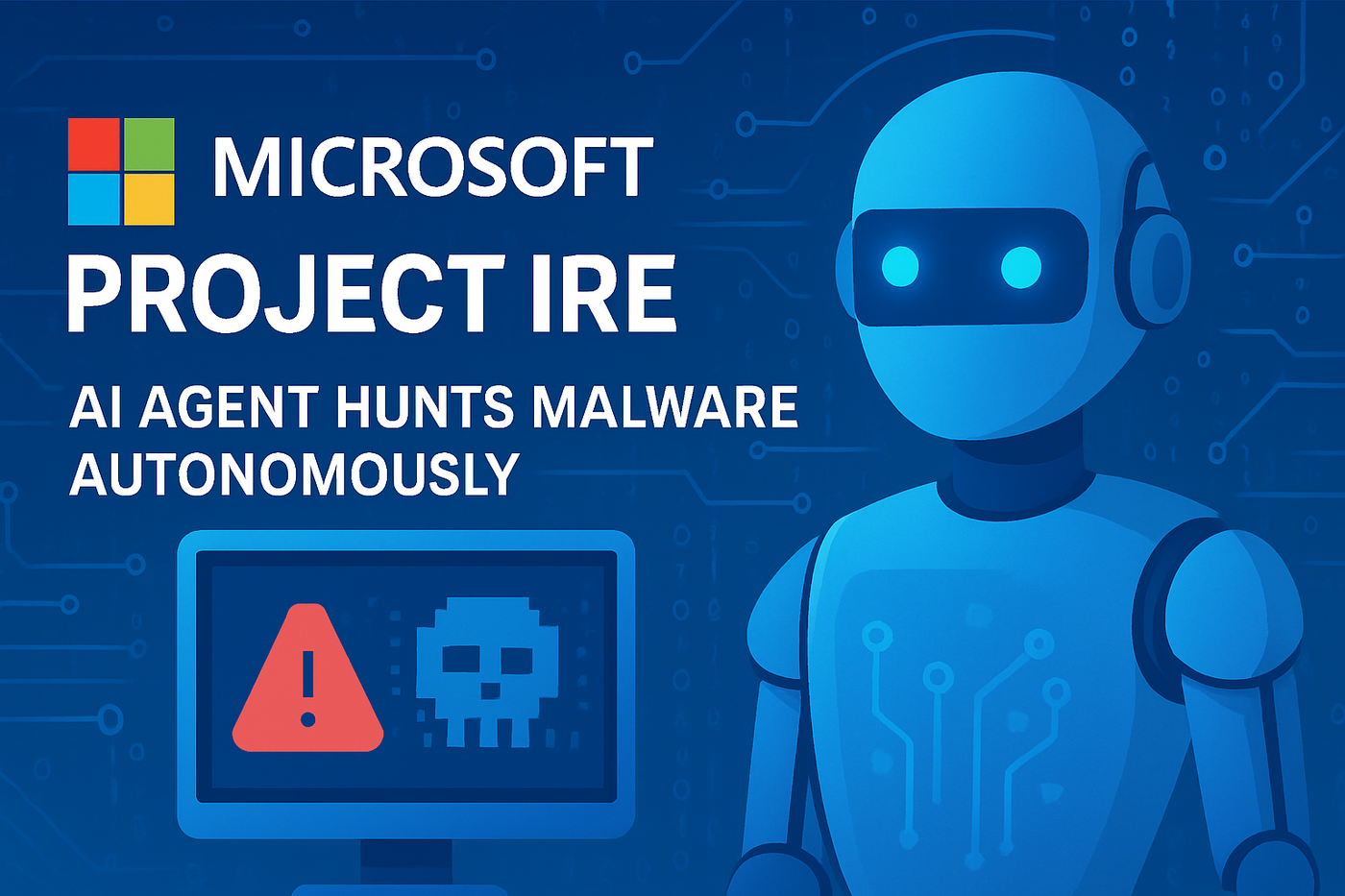Microsoft has just introduced a groundbreaking cybersecurity tool called Project Ire an autonomous AI agent designed to detect and classify malware without any human input. In a digital world where threats evolve every second, Project Ire could change how we fight cybercrime.
Currently in its prototype phase, Project Ire has already been tested in both lab environments and real-world scenarios. What makes it exceptional is its ability to fully reverse engineer software files and deliver a detailed, auditable analysis. This means the AI can dig into the structure of any program, understand how it behaves, and determine whether it’s a threat or not.

Developed through a collaboration between Microsoft Research, Defender Research, and Microsoft’s Discovery and Quantum divisions, the agent uses advanced language models and binary analysis tools. Until now, malware detection has relied heavily on manual analysis because reverse engineering is a complex and delicate process. But Project Ire changes that by automating each step from identifying file types and structures to reconstructing code and interpreting behavior.
The AI does not stop at identifying threats. It also creates a comprehensive report, logging its findings in a way that human analysts can verify later. In early testing, Project Ire was able to correctly classify 90 percent of software samples, while maintaining an impressively low false positive rate. In another test involving 4,000 unknown files, the agent scored a precision of 0.89 identifying nine out of ten files correctly.

What makes Project Ire even more exciting is its future integration into Microsoft Defender. Once added, it will function as a Binary Analyzer, enhancing real-time protection across over a billion devices that use Microsoft’s security platform.
With malware threats growing more sophisticated, Project Ire’s arrival signals a major leap forward in autonomous AI security.
For more on emerging AI breakthroughs and cybersecurity tools, follow Tech Moves on Instagram and Facebook.














